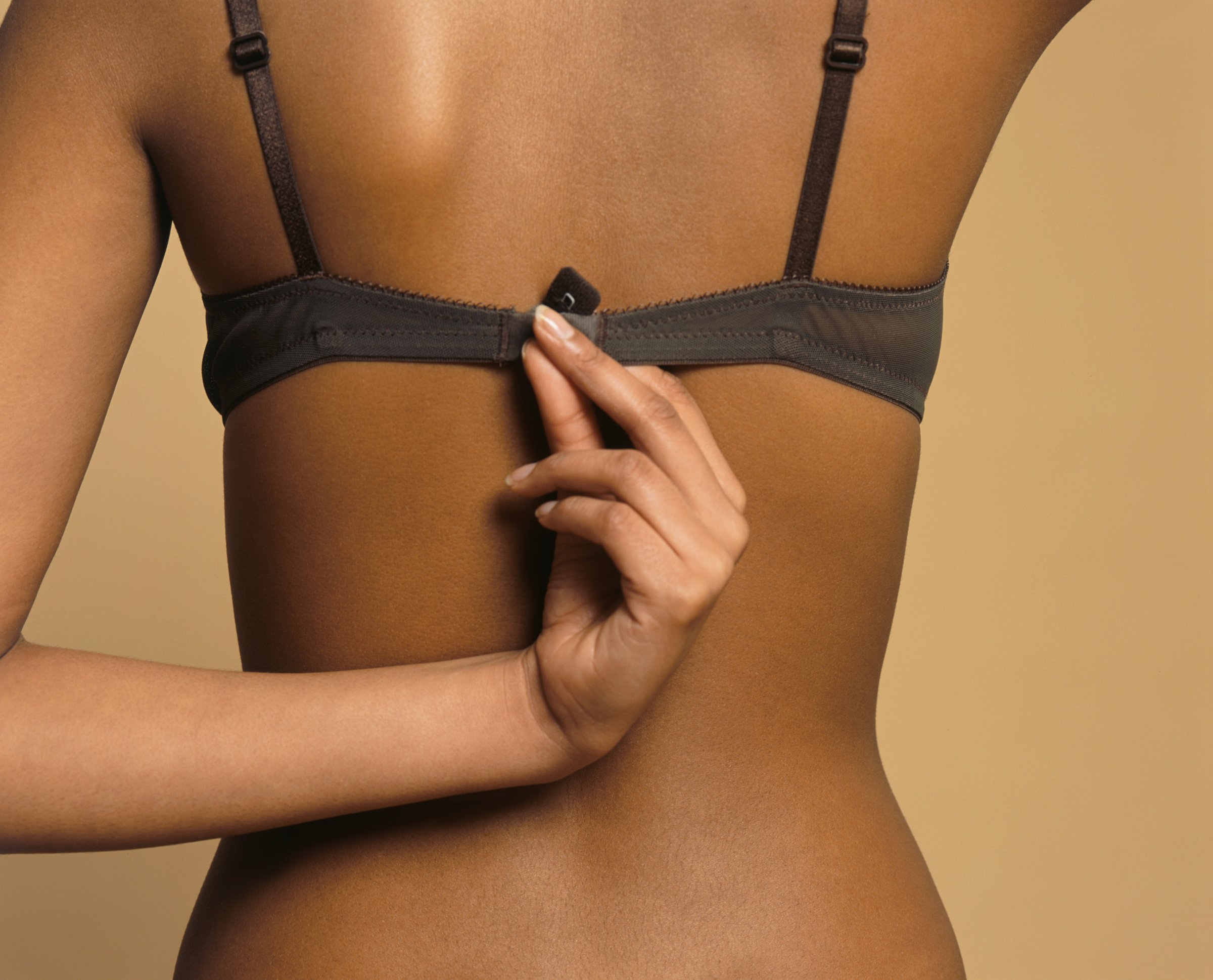
If your breasts came with an owner’s manual, one of the first things it would say: The terms of your endowment will change. One day your boobs can be plump and perky (ah!), and the next, not so much (oh!). So why all the shape shifting?
While lifestyle comes into play (more on that below), the main cause: the ebb and flow ofhormones throughout your monthly cycle. “Hormones affect many aspects of our breasts—it’s what inspired their development in the first place,” says Rebecca Booth, MD, a gynecologist and hormonal expert in Louisville, KY, and author of The Venus Week. And long past puberty, hormonal changes continue to drive changes in the breasts. If you’re a borderline B, you’re not suddenly going to wake up with a pair of DDs, but: “Most women will notice differences across their monthly cycle, and it’s completely normal,” Dr. Booth adds.
Here, how to get a little more familiar with the five main phases your breast friends will go through over the course of a month.
Phase 1: They’re lumpy
The first few days of your cycle (when your period starts), the texture of your boobs may suddenly feel uneven and nodular. Why the sudden rough patch? “During menstruation, breasts may feel lumpier as milk glands enlarge in preparation for a possible pregnancy,” says Sara Gottfried, MD, a gynecologist in Berkeley, CA and author of The Hormone Cure. The bumpy feel isn’t permanent. As soon as your body realizes you’re not pregnant, your breasts will smooth out, she adds.
Phase 2: They’re softer and smaller
Suddenly your cup doesn’t runneth over. Toward the end of menstruation (depending on the length of your cycle, it’s typically around day 3 or 7), your boobs are suddenly pulling a disappearing act. “Breasts are at their lowest volume at this time because estrogen and progesterone are at their lowest,” Dr. Gottfried says. This is actually the most accurate depiction of your true size because you’re not being pumped up with hormones. A perk of the smaller state: “They also tend to soften up towards the end of bleeding,” Dr. Gottfried says.
Phase 3: They’re perky
As you get closer to ovulation (this is known as the follicular phase and it happens around day 12), estrogen starts to rise. And according to the Journal of Ultrasound Medicine this causes your breasts to look extra buoyant. Oh hey—hormones. That’s because estrogen improves skin elasticity. Consider it a natural lift.
Phase 4: They’re full and firm
In what’s considered the luteal phase (this occurs after ovulation, which is generally around day 15 and up through the end of your cycle), expect to be at your largest cup size. “Progesterone is really peaking, so this is a time associated with the largest breast size and density,” Dr. Booth says. They may even look swollen or slightly veiny, and feel tender.
Phase 5: They’re lopsided
Research published in the journal Ethology and Sociobiology found that when estrogen is low during your premenstrual week, breasts become less symmetrical. That could be why your left boob looks crooked all of a sudden. But don’t sweat it! Once your period arrives, your boobs will even out.
WHEN IT’S NOT HORMONES
Aside from the surge and crash of hormones that are happening on a monthly rhythm, there are other things that can cause changes to your chest.
Sex can make them bigger
As your heart rate and blood pressure increase, so does the size of your breasts, Dr. Gottfried says.
Carbs can make them enlarged
Eating carbohydrate-rich foods can hit you right in the chest. Carbs stimulate the production of insulin, which can lead to fluid retention in your boobs, Dr. Booth says.
Caffeine can make them knotty
Your morning cup of coffee may cause you to experience something fibrocycstic breasts, Dr. Gottfried says. This is due to sensitivity in breast tissue. It’s benign, but the rope-like feel can be painful.
This article originally appeared on Health.com
More Must-Reads from TIME
- Donald Trump Is TIME's 2024 Person of the Year
- Why We Chose Trump as Person of the Year
- Is Intermittent Fasting Good or Bad for You?
- The 100 Must-Read Books of 2024
- The 20 Best Christmas TV Episodes
- Column: If Optimism Feels Ridiculous Now, Try Hope
- The Future of Climate Action Is Trade Policy
- Merle Bombardieri Is Helping People Make the Baby Decision
Contact us at letters@time.com